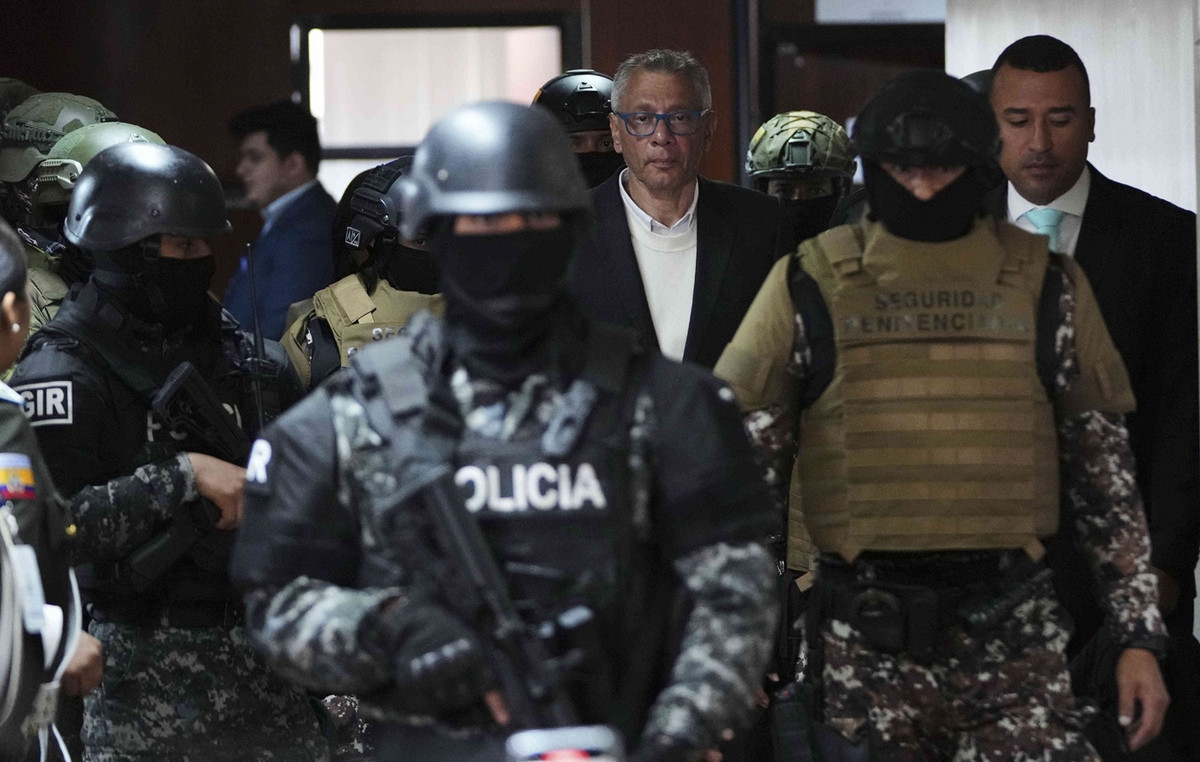The US Air Force conducted a successful test run of its troubled hypersonic missile over the weekend, a month after announcing that the program had been delayed because of “recent flight test anomalies”.
The air-launched rapid-response weapon was successfully released on a B-52H bomber off the coast of Southern California on Saturday and reached hypersonic speeds, the Air Force announced Monday, without releasing further details. about the test itself, such as the duration of the flight or its altitude.
“This was a great achievement for the ARRW team, for the arms company and for our Air Force,” said Brig. Gen. Heath Collins, executive officer of the Air Force’s weapons program.
The ARRW is a hypersonic weapon that uses a booster rocket to accelerate the missile to speeds in excess of Mach 5, or five times the speed of sound. A hypersonic glide vehicle then separates from the booster and glides at high speed towards its target.
The Air Force has faced problems with testing the AGM-183ARRW in the past, and the program has suffered three flight test failures before this latest success. Last month, the Air Force said flight test anomalies delayed the timetable for completion of the weapon. The first full test of the missile and booster rocket has been postponed to sometime in the next fiscal year, which starts in October in the US.
The day before this test, Air Force Secretary Frank Kendall acknowledged the problems the ARRW program encountered.
“The program has not been successful in research and development so far,” Kendall told the House of Defense Appropriations Subcommittee. “We want to see proof of success before making the decision on the production commitment, so let’s wait and see.”
The Pentagon has placed greater emphasis on developing hypersonic weapons after lawmakers became concerned that the US was falling behind the Chinese and Russian programs.
Last year, China successfully tested a hypersonic weapon that orbited the globe before hitting its target. More recently, Russia became the first nation to use hypersonic weapons in warfare when it launched its Iskander and Kinzhal missiles into Ukraine.
The Pentagon said Russia had used between 10 and 12 hypersonic weapons since the start of its invasion of Ukraine.
In mid-March, the US successfully tested its Air-Breathing Hypersonic Weapon (HAWC) Concept, but kept it silent to avoid escalating tensions with Russia as President Joe Biden was about to visit Europe.
The HAWC was launched from a B-52 bomber off the West Coast in the first successful test of the Lockheed Martin system. A booster motor accelerated the missile to high speed, at which point the air-breathing scramjet engine ignited and propelled the missile to hypersonic speeds of Mach 5 and above.
The test came days after Russia said it used its own hypersonic missile during its invasion of Ukraine, claiming it was targeting an ammunition dump in the west of the country.
Even with the increased focus on hypersonic weapons, the Secretary of the Air Force urged caution about their importance.
“What we want to see is what is the most cost-effective combination of weapons,” Kendall told lawmakers. “There’s certainly a role for hypersonics in this, and we need to invest in that and acquire them in some quantities, but there’s still an open question in my mind as to which combination is the most cost-effective.”
Source: CNN Brasil
I’m James Harper, a highly experienced and accomplished news writer for World Stock Market. I have been writing in the Politics section of the website for over five years, providing readers with up-to-date and insightful information about current events in politics. My work is widely read and respected by many industry professionals as well as laymen.







